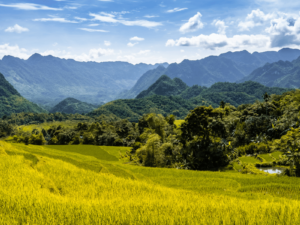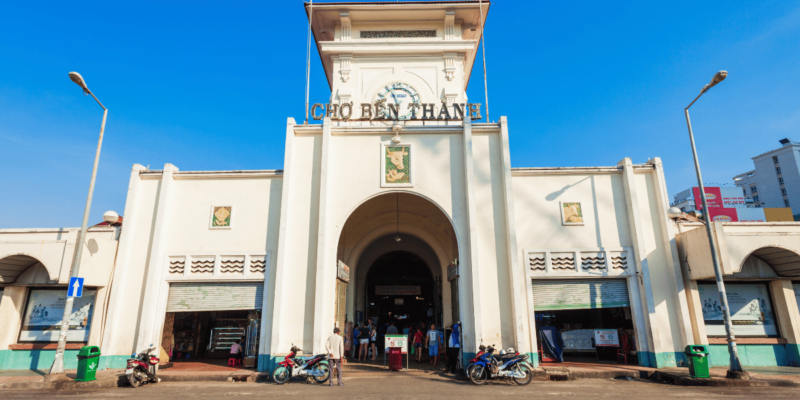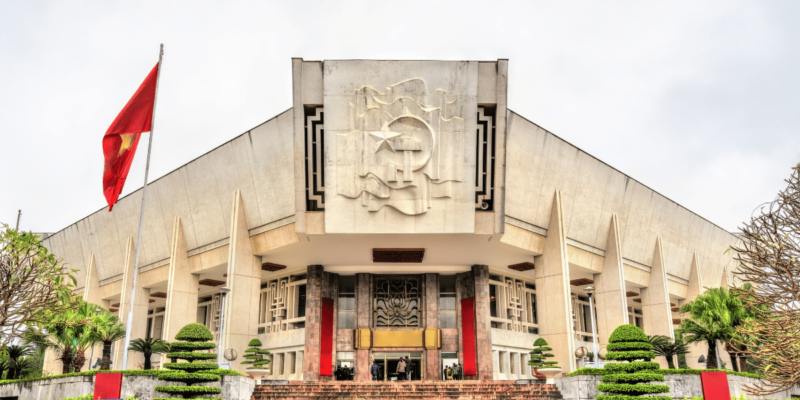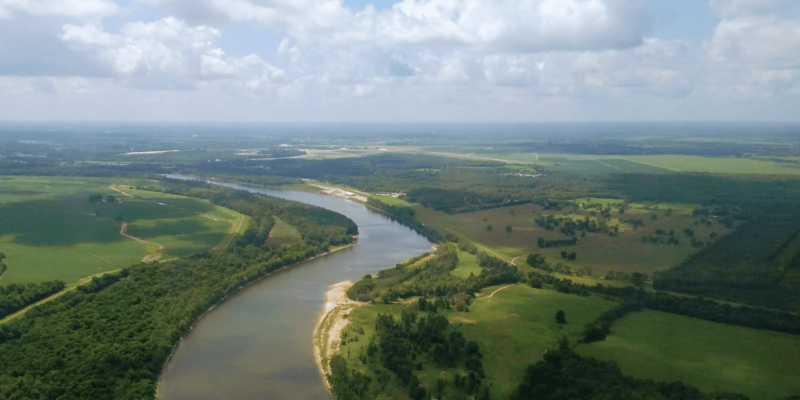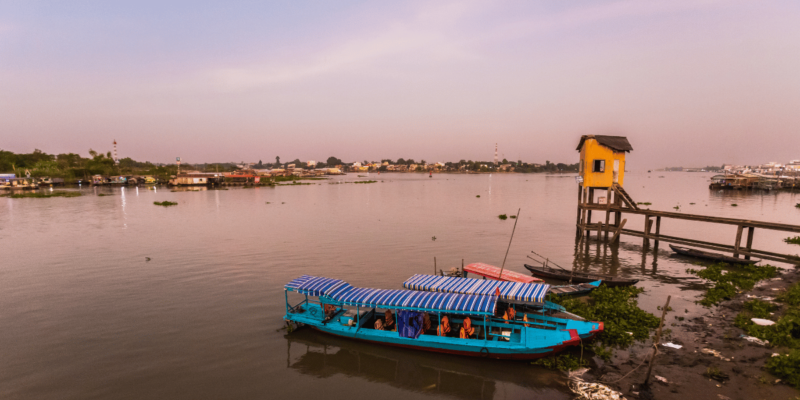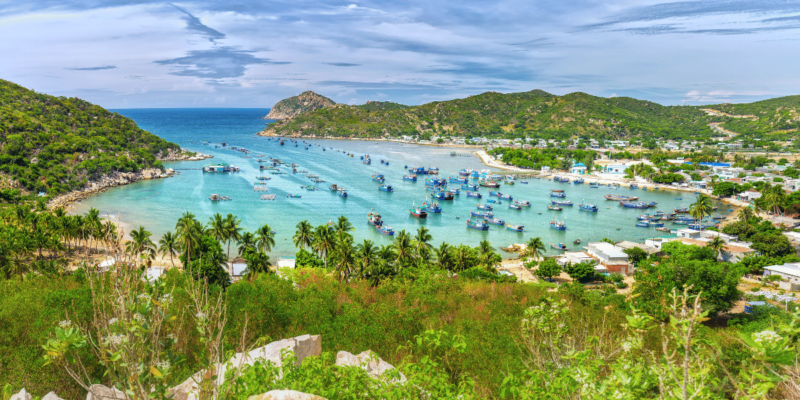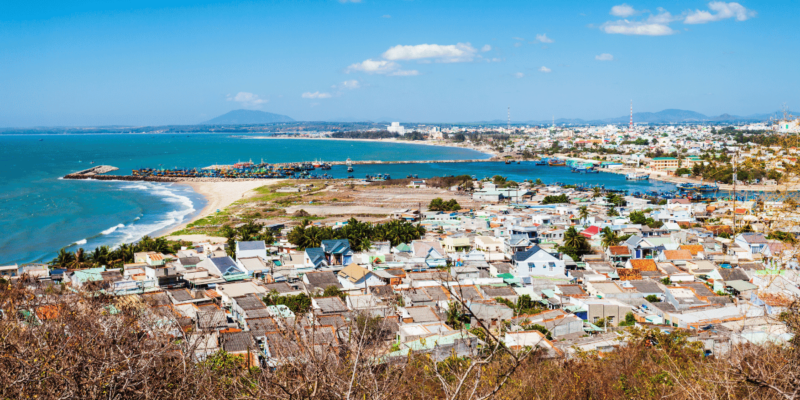Can Tho: The Vibrant Heart of the Mekong Delta
Can Tho, often referred to as the ‘capital’ of the Mekong Delta, embodies the dynamic spirit of this expansive river network. As the largest city in the region, Can Tho is not only a bustling provincial capital but also serves as a vital hub for commerce and culture in southern Vietnam. With a range of modern amenities, including quality hotels and restaurants, the city is a convenient base for exploring the unique aspects of delta life, particularly the renowned floating markets of Cai Rang and Phung Hiep and the intricate network of waterways that define the region.
Historical and Economic Significance Emerging from its humble beginnings as a small settlement in the 18th century, Can Tho’s growth was propelled by the introduction of rice cultivation during the French colonial era. Today, with a population nearing a quarter of a million, it stands as Vietnam’s ninth largest city. Situated on the banks of the Bassac River and approximately 170 km southwest of Ho Chi Minh City, Can Tho is a pivotal industrial and agricultural center. Its economy is buoyed by diverse industries such as shipbuilding, rice processing, textiles, and the production of farm machinery, along with agricultural outputs like coconut oil and sugarcane.
Connectivity and Infrastructure Can Tho is well-connected by various modes of transport, featuring accessible river routes, local roads, the major north-south highway, and a substantial airport that services much of the Mekong Delta. The city’s proximity to two major ports enhances its logistic capabilities, and the upscale Victoria Hotel offers rapid motorboat services linking Can Tho with Ho Chi Minh City and Chau Doc, further emphasizing its role as a transport and logistics hub.
Cultural and Touristic Attractions The cityscape of Can Tho is punctuated by landmarks such as a large pagoda constructed in 1946, reflecting Khmer Theravada Buddhist architectural styles. Although its interior may be understated, the structure itself is a testament to the cultural diversity of the delta. More animated is the Chua Ong, a vibrant Chinese temple that overlooks the river and houses elaborate statues, including a prominent effigy of General Quan Cong. This temple, along with the bustling waterfront cafés, offers visitors picturesque views and a taste of local life along the busy waterways.
Market Life and Agricultural Heritage The Phong Diem and Cai Rang floating markets, near Can Tho, provide vivid glimpses into the region’s vibrant market culture, where a plethora of fruits, marine products, and local delicacies are traded daily. Additionally, Can Tho University’s Department of Agronomy hosts the country’s most extensive rice research center, highlighting the city’s integral role in agricultural innovation and food security.
Recreational and Ecological Sites Recently, Can Tho has seen the development of numerous gardens and ecological parks, such as the My Khanh Gardens. These areas showcase the delta’s rich biodiversity with collections of local flora and fauna and provide recreational spaces for residents and tourists alike. The gardens, along with various small rong houses, offer a sanctuary for those seeking a deeper connection with the region’s natural environment.
Exploring the Waterways For those looking to experience the Mekong Delta’s famed waterways, Can Tho offers ample opportunities for river cruises. Whether it’s a journey to the less touristy Phung Hiep market or a leisurely boat ride through the delta’s intricate canal system, visitors can immerse themselves in the natural beauty and cultural richness of the area.
In summary, Can Tho represents a microcosm of the Mekong Delta’s abundant life. It stands as a beacon of progress, culture, and natural beauty, making it an essential destination for anyone looking to explore the depth and diversity of Vietnam’s southern provinces.





